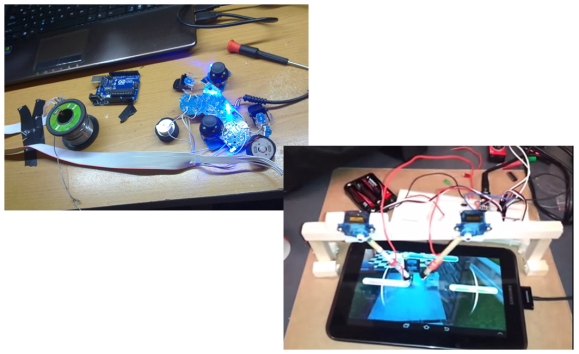
Do you like saving electricity? Who doesn’t!
Do you have a lot of LED light strips lying around, destined for a project that you never quite got around to? We’re guilty!
Do you have an old DC power adapter? Of course you do.
Do you love soldering? Duh.
Do you have a dead fluorescent light bulb sitting around? Maybe…
If so, here’s a quick and silly guide to making your very own LED light bulb! The result is a bit ghetto we admit, but quite functional. Perhaps it could be improved by adding a glass Christmas bobble to make it look a bit more like a regular light bulb. And if you’re ambitious enough you could throw a microprocessor in there and add wireless control to it as well … but let’s be honest, smart LED light bulbs are getting quite affordable these days. But hey, you’ve got to do something for entertainment!

















